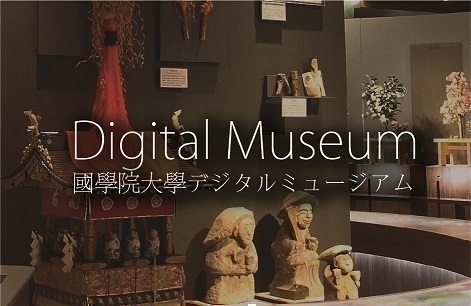- トップ
- Encyclopedia of Shinto
- Kanreki
Encyclopedia of Shinto
| Main Menu: | |
| Links: |
詳細表示 (Complete Article)
| カテゴリー1: | 5. Rites and Festivals |
|---|---|
| カテゴリー2: | Rituals in Daily Life |
| Title | Kanreki |
| Text | One's "sixtieth" birthday, or alternately one's "sixty first" calendar year (traditionally in Japan, when a person was born they were said to be "one," and at every New Year's Day thereafter turn a "year" older. This leads to an age count that is usually one or possibly two years greater than one's age count in Western countries). When a person lives to see their sixty-first calendar year, they have lived through the entire sixty-year cycle of the traditional eto (ten stems and twelve branches) calendar and returned to the same "year" and horoscope sign in which they were born. Celebration of this occasion has become widespread since the Edo period. Since it has connotations of rebirth, it is customary to give the celebrant a red cap, a seat cushion, and a chanchanko vest similar to those they used as a newborn. It is sometimes called honkegaeri ("return to one's birth year sign"). It is also sometimes called kakō (華甲) because, in the character ka, the character for "ten" appears six times (10 x 6 = 60), and because the character kō designates the "first" of the sixty stem-branch combinations. In addition to kanreki, there are longevity celebrations for turning "seventy" (koki), "seventy-seven" (kiju), "eighty" (sanju), "eighty-one" (hanju), "eighty-eight" (beiju), "ninety" (sotsuju), "ninety-nine" (hakuju), "one-hundred" (jōju), "one hundred and eight" (chaju), and "one hundred and eleven" (kōju). Referring to seventy as "koki" (ancient, rare) is based on the line from a Tu Fu poem: "From ancient times a life of seventy-years has been rare." Most of the other designations derive from the characters themselves. The shorthand way of writing the ki (喜) in kiju is written with a seven, ten, and a seven. Likewise, the shorthand for the san (傘) in sanju, is written with the characters eight over ten. The han (半) in hanju itself contains the characters eight, ten, and one; the bei (米) in beiju is eight, ten, and eight; and the shorthand for the sotsu (卒) in sotsuju is written with the characters nine and ten. Additionally, hanju (半寿) is also sometimes called hanju (盤寿) because the board (han) used in shōgi, or Japanese chess, is a nine-by-nine grid with eighty-one spaces. The cha in chaju contains two tens in its radical (10+10=20) in addition to the eight, ten, and eight (hachijūhachi or 88) in the character's body, which when added totals one hundred and eight (20+88=108). In the case of hakuju, the character for haku or "white" (白) can be seen as the character for "one hundred" (百) lacking or "minus" the character "one" (一) and so is used to represent the ninety-ninth birthday. In the case of kōju, the character kō (皇) can be seen as the character haku (白) "added" above the character ou (王), where haku is "ninety-nine" (as explained above) and ou contains a "ten" (十) sandwiched by a "two" (二) and is therefore taken as "twelve." Taken together, ninety-nine plus twelve is one hundred and eleven. "Old age" has also long been separated into three levels of distinction. Turning sixty is also a celebration of entering the "lower" ranks of the distinguished status of elderhood, or geju. Turning eighty marks one's entrance into the "middle" status of elderhood, or chūju. And reaching one-hundred marks a great achievement, whereby one enters the rare and most distinguished rank of elderhood, or jōju. Among these age-based celebrations, kanreki, koki, kiju, and beiju are the most commonly celebrated today. — Inoue Nobutaka |




